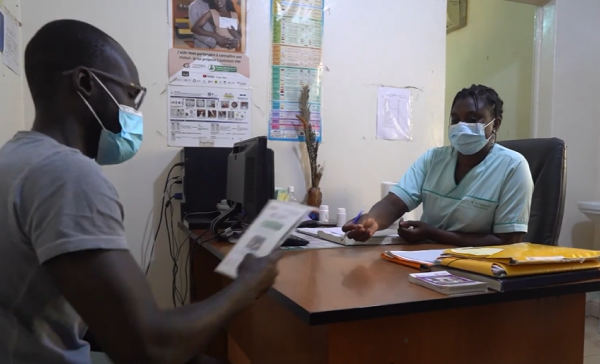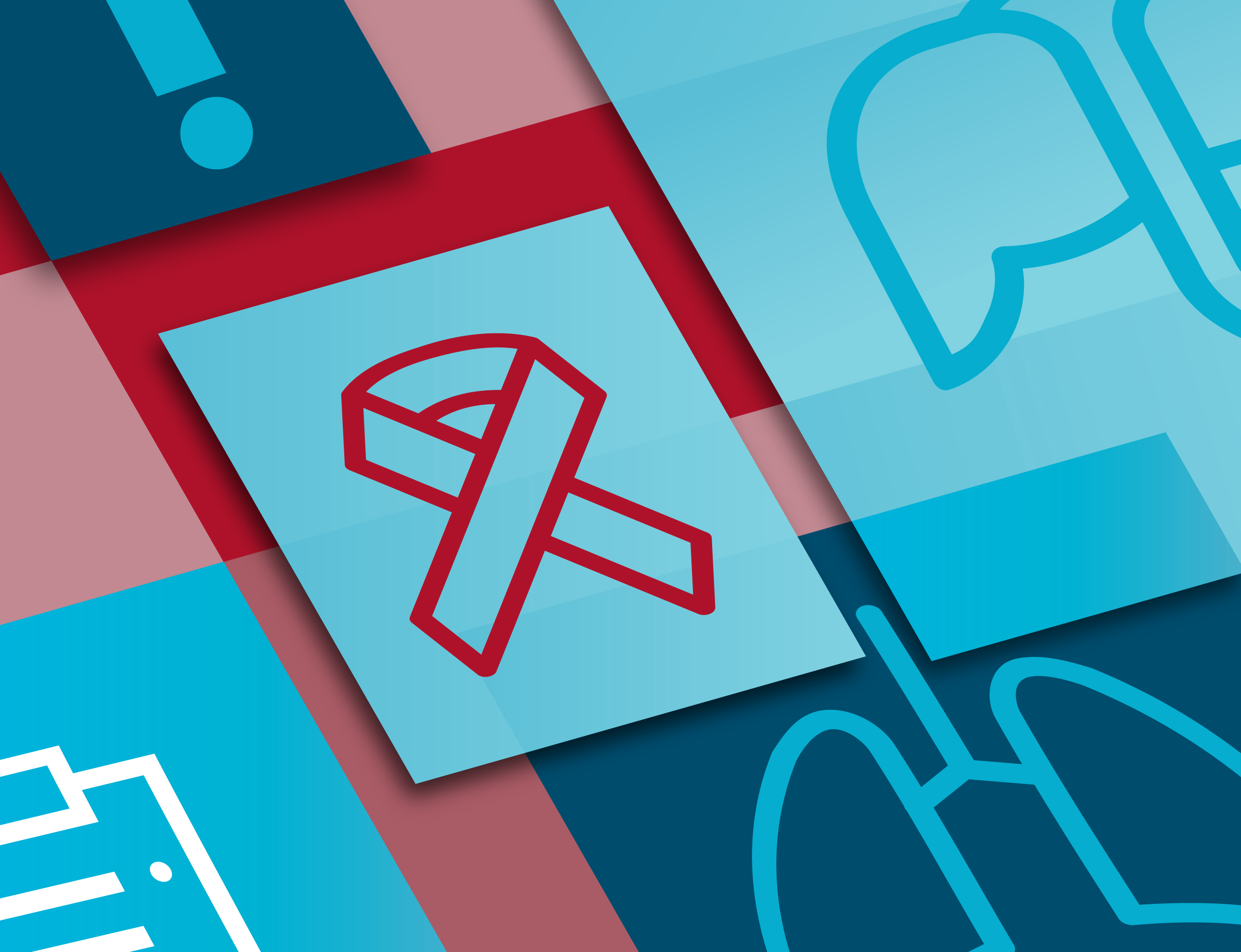Discreet
Fast results
Easy to use
Low cost
A self-test is a simple-to-use screening or diagnostic tool that uses a sample taken from an oral swab of saliva or blood from a finger prick and provides a reading in just 20 minutes. Because they can be done at home, or wherever a person feels most comfortable, they have helped countless people feel secure enough to get informed about their HIV status.
HIV self-tests have contributed enormously to the growing number of people with HIV who know their status – a vital first step to accessing confirmatory diagnosis, treatment or preventive care. They have helped to reach groups of people where HIV testing rates tend to be lower, such as men who have sex with men, young people, and others who have never taken an HIV test before. And because self-tests can be distributed outside of clinical settings – such as in workplaces, community centers, or other places where people gather, they help expand the reach of health services.
With more than US$100 million invested since 2015, our work established that HIV self-tests are accurate in detecting HIV, can be used by a range of users, are widely accepted when offered at the community level and in health facilities and can reach high-risk populations that do not use conventional testing services. This work has underpinned World Health Organization (WHO) guidance published in 2016 as well as the regulatory requirements of WHO’s prequalification unit. We then went on to reduce prices, generate demand, demonstrate implementation pathways and support scale-up efforts across various channels of delivery.
Procurement of HIV self-tests has grown from less than 1 million kits in 2015 to more than 20 million in July 2023, with several tests now available for less than US$2 each. This success has established self-testing as a crucial platform for screening and diagnosis and is being adapted to other areas of global health, from COVID-19 to hepatitis C and sexually transmitted infections.

















